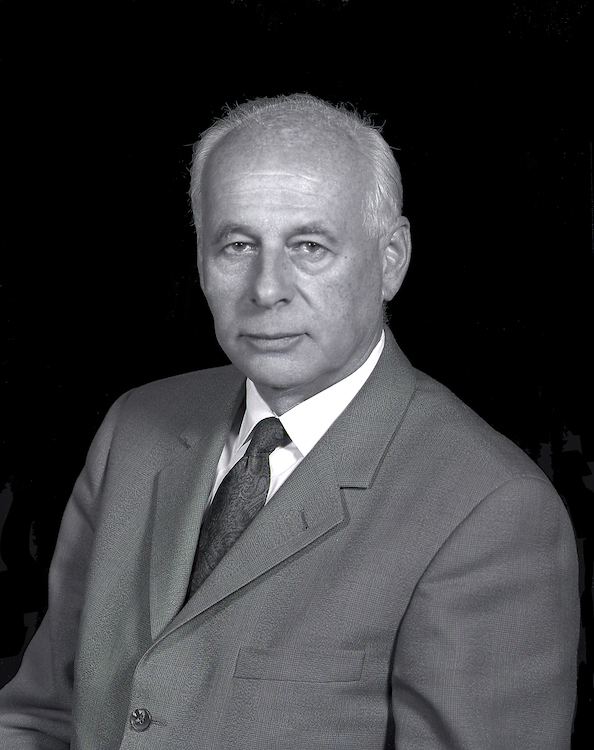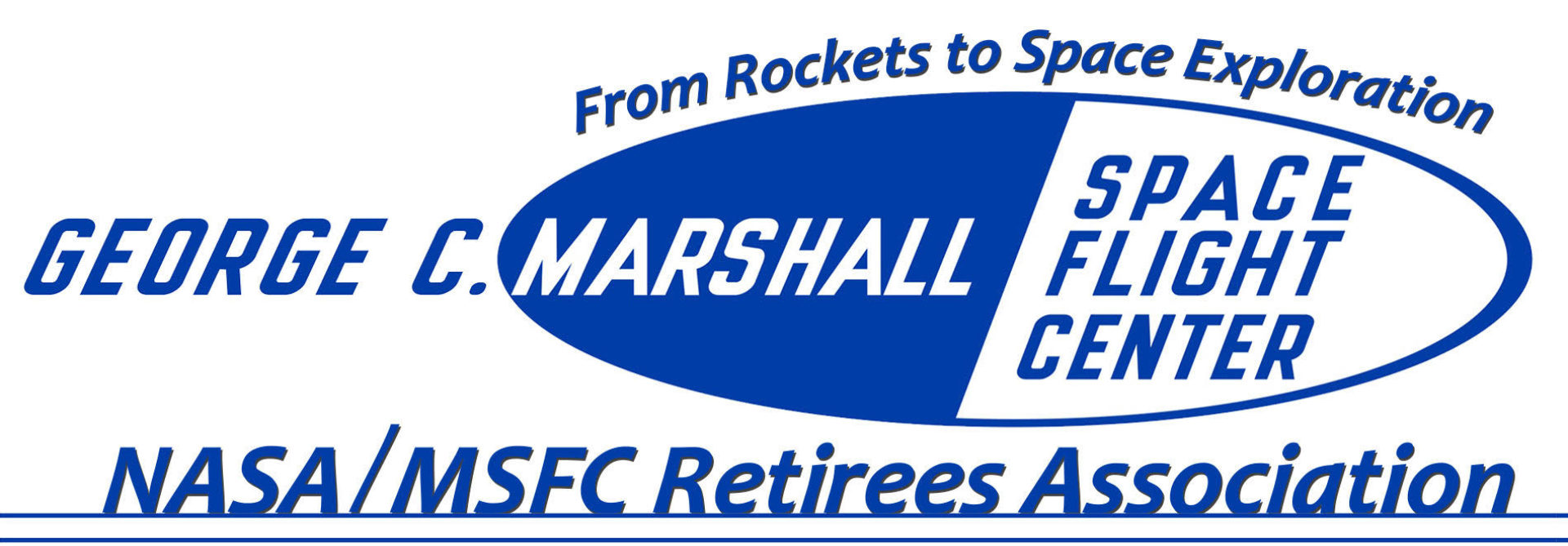Background Information
You can add or edit information about this individual by clicking
“Click here to suggest an edit or add more information to this entry” at the bottom of this page.
Employee Info
- UniqueID
- N10944
- Photo

- First Name
- Eberhard
- Middle (1)
- Friedrich
- Middle (2)
- Michael
- Last Name
- Rees
- Suffix
- Biography
- Born April 28, 1908, in Trossingen, Wuerttenberg, Germany, Rees received his scientific and engineering education in University of Stuttgart and a Master’s degree at the Dresden Institute of Technology. His studies focused on thermodynamics, engine design, production planning and methods development. In 1940, he began work at the German Guided Missile Center at Peenemünde. As World War II ended, Rees was among the first group of Operation Paperclip scientists who surrendered to Allied Forces and were brought to the US by the Army Ordnance Corps, arriving at Logan Field in Fort Bliss on October 2, 1945 and serving first at the Army Aberdeen Proving Grounds. In 1950, the team was transferred to Redstone Arsenal and became a part of the Army Ballistic Missile Agency. Dr. Rees served as Deputy Director of Development Operations. On January 31, 1958, the von Braun team used a modified Jupiter-C rocket to launch Explorer I, America's first orbiting satellite. The US was in the space race with Russia. Two years later, with von Braun as Director and Rees as Deputy for Technical and Scientific Matters, the George C. Marshall Flight Center was created. There an expanded team would develop the Saturn rockets that launched humans to the moon in 1969. As the Apollo program drew to a close, von Braun transferred to NASA Headquarters, and Rees became Center Director. A von Braun biography, written by Marshall retiree Dr. Ernst Stuhlinger, quotes George Mueller, NASA Associate Administrator for Manned Space Flight during the Apollo era: "Wernher and Eberhard were a great team. Wernher was the outgoing one. Eberhard the practical one." Rees was practical, and he was a realist when it came to space program management. When the Apollo Saturn Program was inaugurated in the early 1960s, the adolescent NASA organization had no comprehensive management apparatus, space historian Roger Bilstein once wrote. According to Rees, the system developed after '"some painful experiences" during the early development period. An official biographical sketch published in 1972 by the Marshall Center said, "Dr. Rees is known for his unrelenting insistence on technical excellence and meticulous accuracy in performance." As Von Braun's deputy, Rees ironed out the kinks in Saturn management. Following the Apollo Capsule Fire on January 27, 1967 in which the lives of astronauts Grissom, White and Chaffee lost, Dr. Rees led a team of experts who spent months at the North American Aviation Downey facility investigating the cause and changes needed in the program. In March 1970, Rees was appointed Marshall's second Center Director, and he continued to manage the Saturn/Apollo program and implemented Skylab. "With Skylab we are not concerned primarily with flying a spacecraft. We are concerned with the important aims of living and working in Earth orbit and conducting the experiments that will eventually lead to many beneficial results," said Rees, who also directed the Lunar Roving Vehicle, a program once described as a "tribute to his leadership." Rees managed Marshall-related space hardware and tackled difficult institutional challenges as well. As the Apollo program ended, the Marshall Center faced the grim realities of workforce cuts and fiscal reductions. Those who sacrificed during and following Saturn, and those who survived to build the Shuttle were, said Rees, "the bold ones who stepped out into this new frontier and made possible these great new dreams and new benefits that mankind is only just beginning to realize." In addition to his strict leadership style, he also had an extremely humorous side. Many say he could have been a stand-up comedian. One of his quotes was: “ Dr. von Braun led him into space exploration. Otherwise, he could have enjoyed an easy and peaceful life with a nice fat wife and a soft job as postmaster in his small hometown of Trossingen in Germany”. He retired from NASA as Marshall Space Flight Center’s second Director in 1973. On April 2, 1998, Rees died in Deland, Florida at the age of 89.
- Starting Year
- 1950
- Last Year Served
- 1973
- Honors
- 1959 Exceptional Civil Service Award, Secretary of the Army 1960 Distinguished Civil Service Award, Secretary of Defense 1966 Outstanding Leadership Medal, NASA 1967 General Toftoy Award, Alabama Section, AIAA 1969 Distinguished Service Medal, NASA 1972 Oberth Award, Alabama Section, AIAA Honorary Doctorate Degree, University of Alabama, Huntsville PROFESSIONAL ORGANIZATIONS: Fellow, American Astronautical Society Fellow, American Institute of Aeronautics and Astronautics Member, Association of the U. S. Army
- Projects Worked
- Employer
- NASA
- Initial Source
- Retirees
- Panel #
- VIII
- Line #
- Click here to suggest an edit or add more information to this entry.
The entry will be temporarily removed from the search results until MRA has verified the edits.
